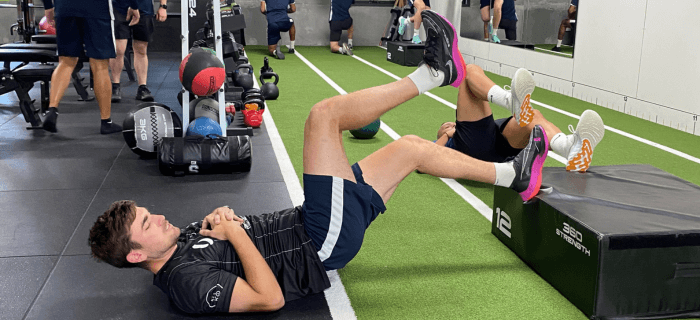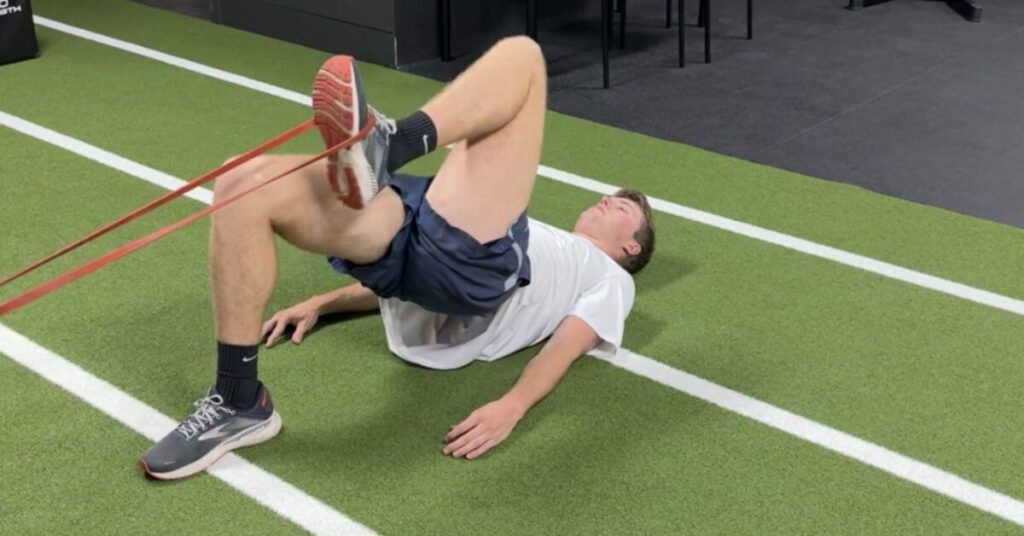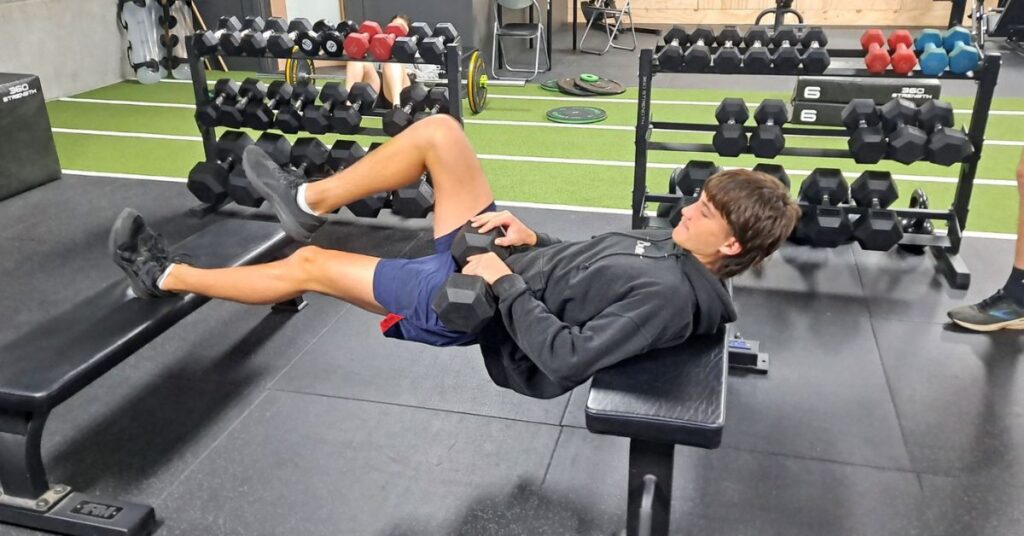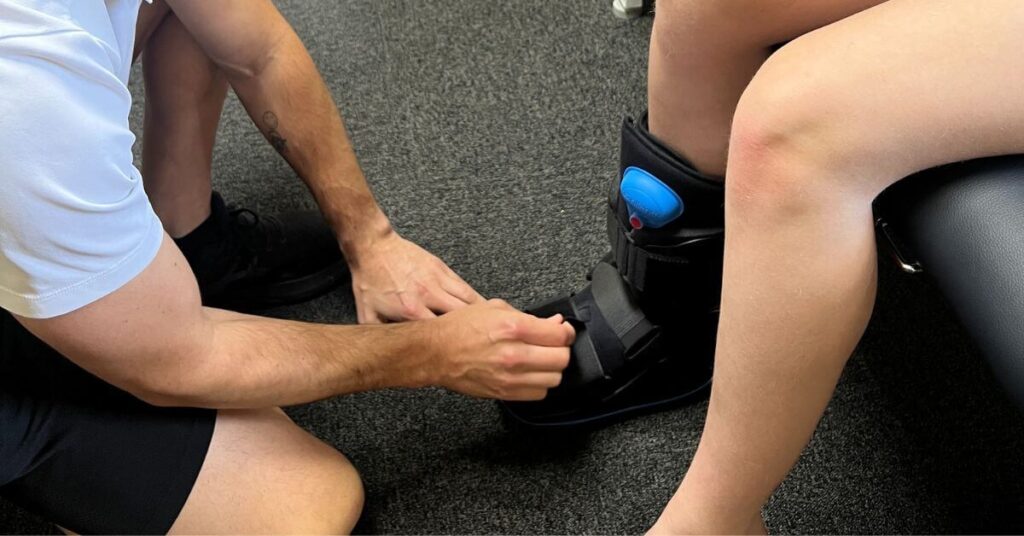Hamstring Strain: What We Know About It

In the field of sports and fitness, there have been plenty of ups and downs for me. I’ve felt the burn in a variety of ways, from running fast down the track to doing hard workouts. But let’s focus on a particular type of burn today: the hamstring strain. Many of us have experienced this discomfort, and it can drastically change how you perform in your sport. So come along with me as we explore the world of hamstring muscle strains, learning everything from what they are to how to heal and get better.
What is a Hamstring Muscle Strain?
Hamstring muscle strains are common injuries seen in sprinters and team sport athletes. They remained the most frequently seen injury in the AFL, with 4.94 new injuries and 20 match misses per club in the past season.
The hamstring is a collective group of three muscles, which include the biceps femoris, semitendinosus, and semimembranosus. Injuries occur through two main mechanisms. The first involves high-speed running during the terminal swing phase, when the hamstring muscle lengthens under tension to decelerate the swinging limb and prepare for a foot strike. This type of injury typically affects the bicep femoris. Conversely, the second style of injury consists of excessive lengthening of the muscle in combination with hip flexion. Such injuries more commonly affect the semimembranosus in activities such as dancing and high kicking.
Diagnosis of a Hamstring Muscle Strain
Athletes typically describe a sudden onset of sharp pain in the posterior thigh during vigourous activity. They will feel a lack of power in the effected leg and may walk with a stiff-leg limp. Your physiotherapist will perform certain strength, passive and active stretching, and other manoeuvres to assess the presence of a hamstring muscle strain. Special attention will be given to the location of the injury to ascertain any tendon involvement. An examination of the hip and lumbar spine is also important to identify any potential referred pain.
Hamstring Muscle Strain Prognosis
The severity of hamstring strains can range from mild (grade I) to severe (grade III). Prognosis and return to pre-injury levels of sports performance are determined by the severity of the injury, the sport you are returning to, and the quality of rehab undertaken. Research indicates that if it takes a person longer than one day to walk pain-free, then they are four times more likely to take more than three weeks to return to sport.
Hamstring Muscle Strain Treatment
The primary goal of sports rehab is to return the injured athlete to their prior level of sports performance and prevent future injuries.
Rehab and active recovery should commence almost immediately. This will minimise de-conditioning of the body and speed up the return to sport process. The “Askling” protocol for hamstring muscle strains has been shown to be an effective rehab program which returns athletes to sport sooner than traditional rehab models. The protocol is based off three exercises that focus on eccentric lengthening of the muscle (see photos below). Each exercise is to be performed within pain limits and performed on most days of the week.
Other exercises such as nordic hamstring curls and Romanian dead lifts form key components of middle and late-stage rehab. This is in combination with targeted posterior chain strengthening (glutes and calf) and running specific training. It is critical throughout rehab to maintain some level of running in order to prepare for return to sport. This can be as little fast walking or stair walking to commence with. However, should progress to faster sports specific running including accelerating, decelerating and change of direction training as pain levels permit. For team sports athletes late-stage rehab should also involve several training session to regain skills (such as kicking) and to fitness test the injury for return to sport.
References
Danielsson, A. Horvath, A. (2020) The mechanism of hamstring injuries – a systematic review. BMC Musculoskeletal Disorders 21 (641)
Chu, S. Rho, M. (2016) Hamstring injuries in the athlete: Diagnosis, treatment and return to play. Curr Sports Med Rep 15(3)
AFL injury report 2021




